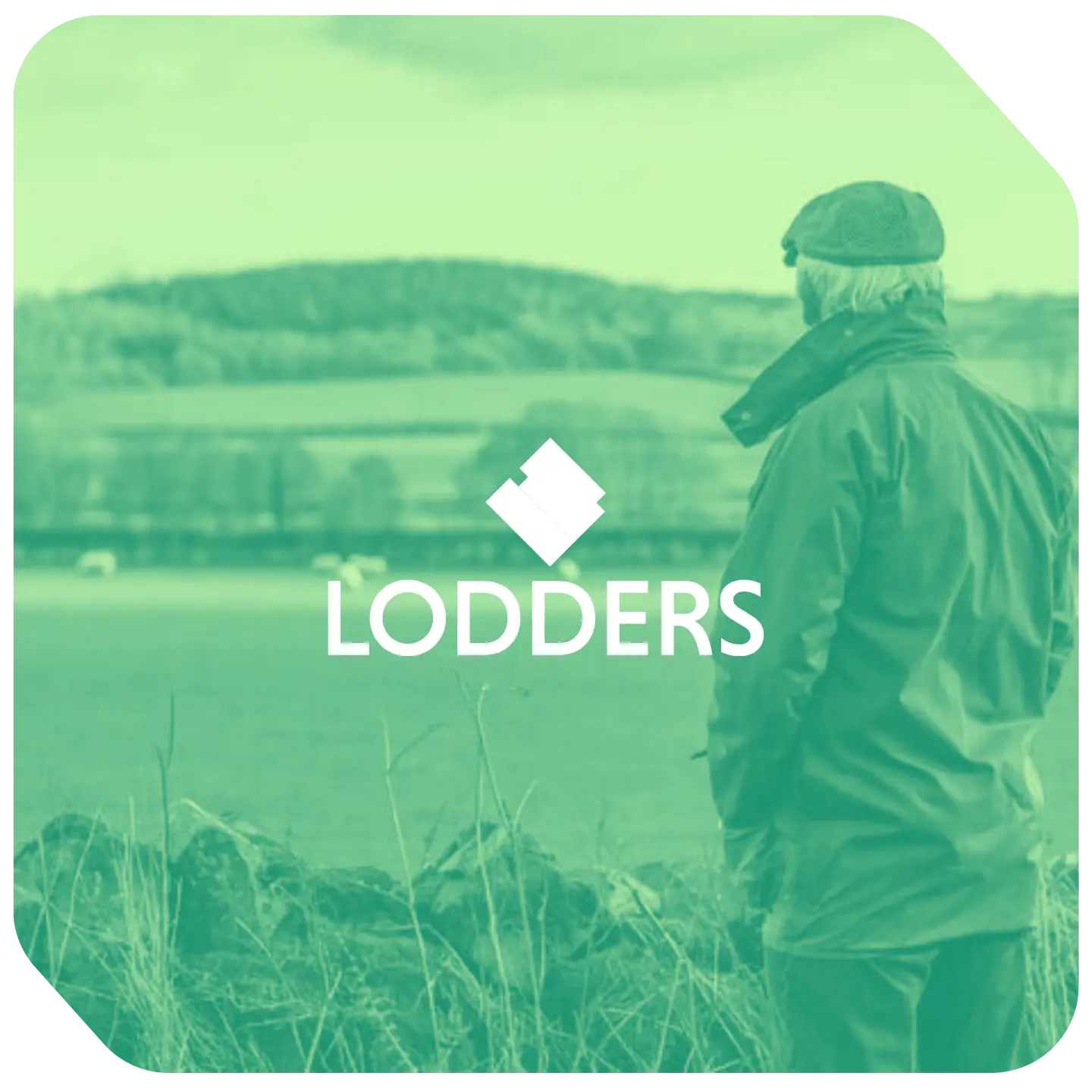Webflow, the powerful no-code platform designed for flexibility, speed, and creative freedom allows our team to create stunning, high-performance websites.
We specialize in custom Webflow development, helping businesses build visually engaging, scalable, and easy-to-manage websites—without the limits of traditional web development.
As Webflow experts, we help brands, startups, and enterprises design, develop, and optimize Webflow websites that are both visually impressive and functionally robust.
Whether you need a marketing website, ecommerce platform, or dynamic web application, we bring your vision to life while ensuring seamless performance.






